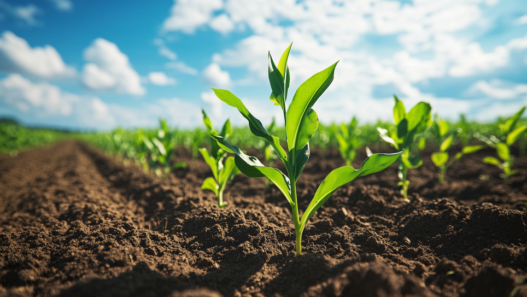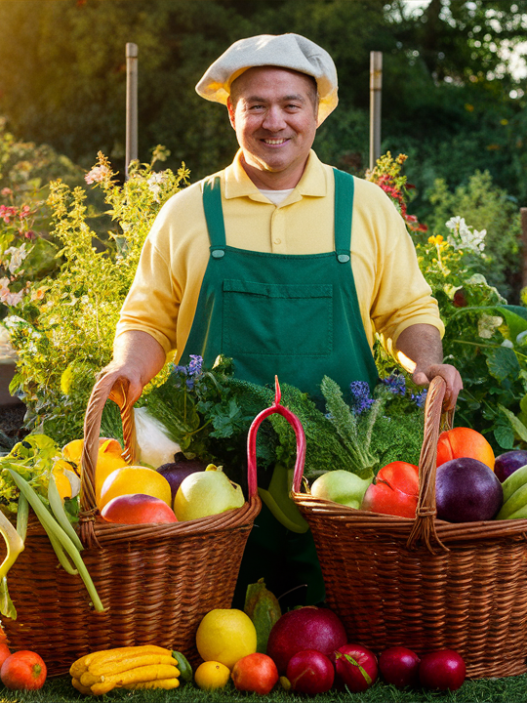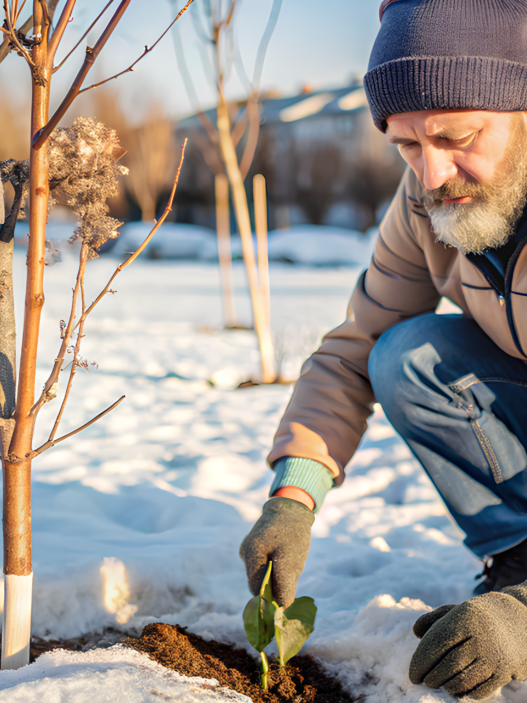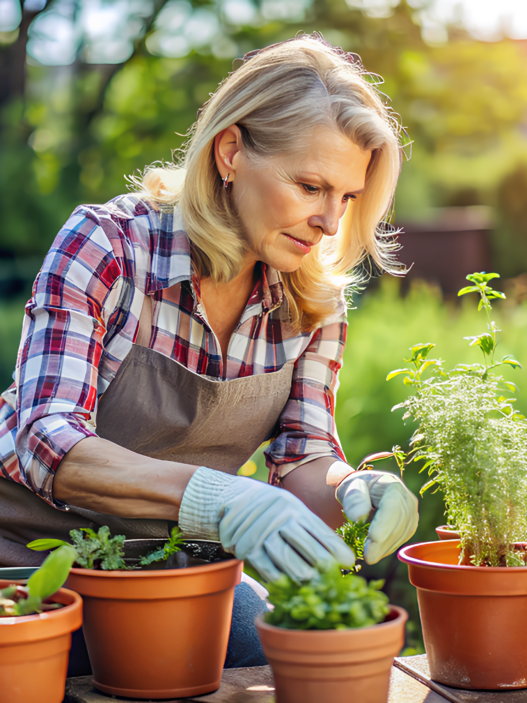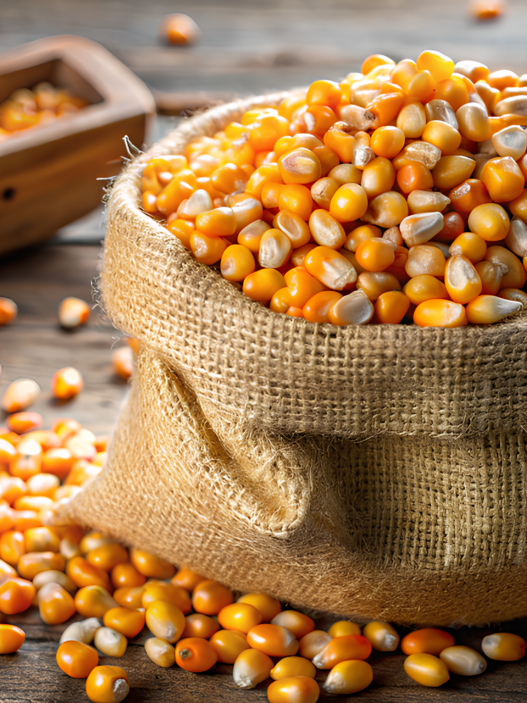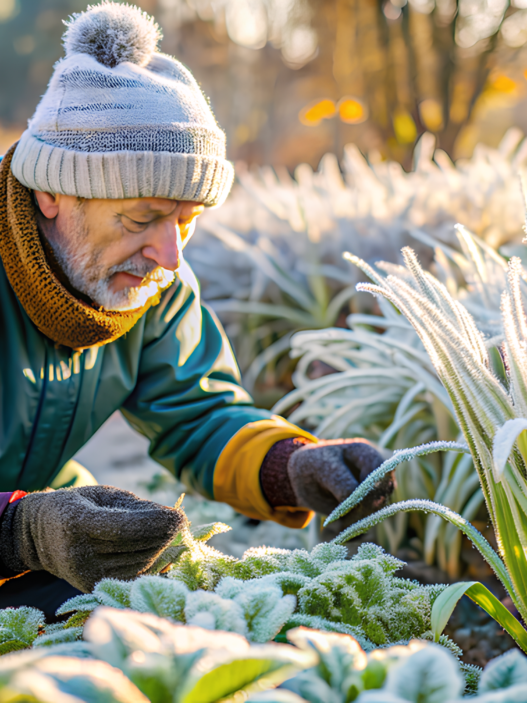Before thinking about expanding our farm, we were faced with the question: What is the best crop to grow on 10 acres and how can it fit with our permaculture principles and our lifestyle. I would love to share our experiences and give you advice on choosing the right crops for a 10-acre plot, In doing so, I will try to combine personal experience with practical advice.
Understanding the characteristics of your plot and your goals

First, it’s important to understand the characteristics of your plot to better understand what crops will work best for it and what your personal goals are. Before starting work on our two acres of land in the Pacific Northwest, we took a considerable amount of time to observe the soil, lighting patterns, and local climate. It was very surprising to us how the land itself can tell us a lot if you listen to it, pay attention to its characteristics.
Advice. A soil test kit was very helpful to us at the beginning, It is essential for determining the pH and nutrient levels in your soil. This soil test kit from Amazon has worked well for us.
Perennial crops: a sustainable choice

Perennials require less maintenance over time and fit in perfectly with permaculture principles, That’s why I have a special affinity for them.
Asparagus, for example, can bear fruit up to 20 years after planting. Three years ago we planted a small plot of asparagus and we are still harvesting here. It’s a real gift to us.
According to a study published in the Journal of Sustainable Agriculture, perennial crops can significantly improve soil health and reduce erosion (source).
Why you should consider walnut trees
Nut trees, such as hazelnut and chestnut, on your 10 acres can be a long-term investment. Not only do they provide a vitamin-rich crop, but they also help to absorb carbon. We planted a row of hazelnut trees along the eastern boundary of the site and they have blended in well with the local wildlife.
Recommendation. If you do turn your attention to hazelnut trees, check out organic hazelnut seedlings on Amazon.
Grains and legumes: nourishment for the soil and the soul

It’s entirely possible to grow cereals on 10 acres, although it may seem like a daunting endeavor. We experimented with a small plot of quinoa last year. And we enjoyed watching the brightly colored seed heads swaying in the wind. It was a real reward for us.
Legumes, such as lentils and soybeans, not only give us protein-rich food, but also fix the amount of nitrogen in the soil. Including legumes in your crop rotation can naturally improve soil fertility. The USDA offers a lot of information on the benefits of legumes for sustainable farming.
Market gardening: high-yielding crops to make money
You can think about earning an income from your 10 acres and here crops such as old tomato varieties, gourmet mushrooms or lavender can be a great help. By the way, we tried growing lavender, we succeeded and the amazing fragrance was worth all the effort. Plus, as it turns out, lavender products are always in demand at local farmers markets.
Internal link. Tips for creating a profitable garden space in our article on maximizing small plots.
Introducing animals into your system

It may seem strange to some, but integrating animals, such as a chicken or goat, can have a significant impact on the productivity of your plot. After all, our mini horses and goats not only provide company, but also help with pasture management. Think back to when our goats escaped to the main pasture. It helped us realize the importance of quality fencing, even though it looked messy and chaotic.
Recommendation. A reliable electric fencing kit will help you avoid situations like this.
Agroforestry

We found it incredibly useful to combine trees with grazing land, the so-called silvopastoral system. Planting fruit trees on pastures provides shade for animals and fruit for people. It also contributes to biodiversity.
Research from the University of Missouri Agroforestry Center highlights how silvopastoral systems can increase land productivity.
Tips for a successful start
- Start small. You’ll want to be tempted to plant all 10 acres at once, but starting small will help avoid overload.
- Diversify. Try to plant a variety of crops to protect yourself from market fluctuations and pest infestations.
- Stay up-to-date on news. Join local farming communities or online forums. Community support is essential to you.
Note. You can’t imagine how much we’ve learned just by interacting with our neighbors and other farmers.
Engaging with your community
The path to new ideas and opportunities often lies through shared experiences. Hosting tours of your farm or participating in local farmers markets provides an opportunity to connect with like-minded people.
Internal link. To learn more about how community involvement has improved our farming experience, check out this article.
And lastly
Growing crops on 10 acres is both exciting and challenging. Every piece of land is different, each has its own story, and we have to take that into account and nurture it. Whether you choose perennials, grains, or both, the best crop is the one that fits your goals and doesn’t harm the land.
So, what are your thoughts? Have you found a crop you’d like to cultivate on your plot? Share your experiences in the comments below – we’d love to know what you think.
